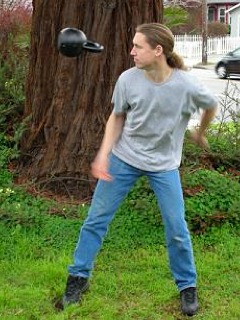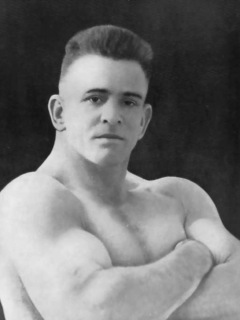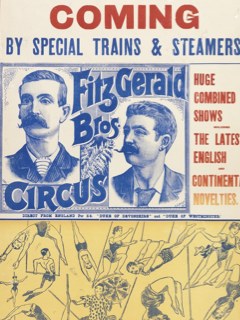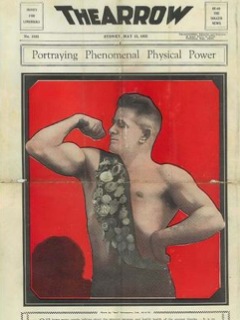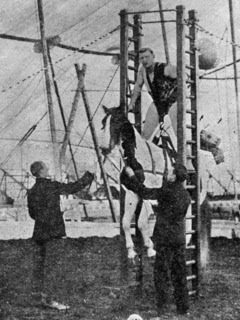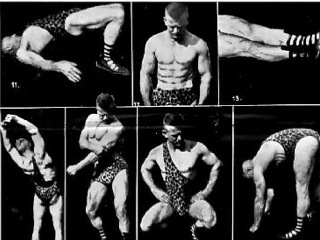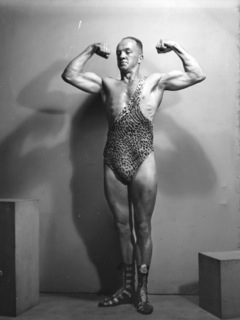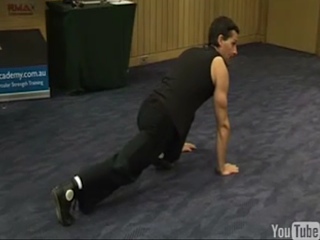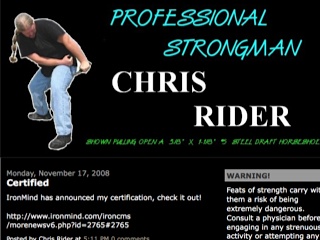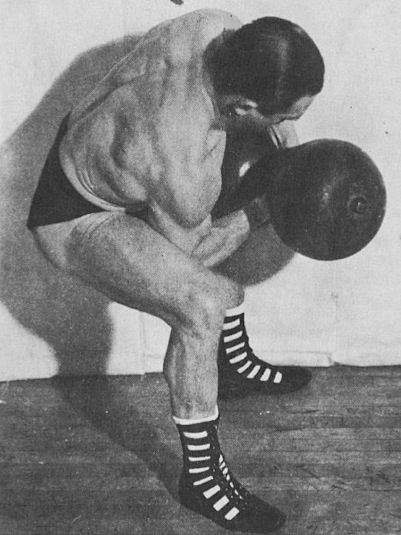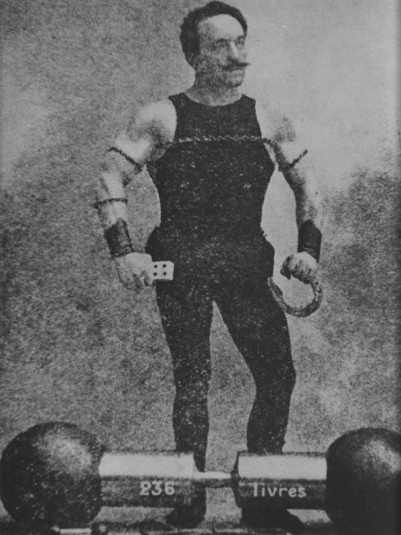Backing Away from Back Squats
Squats are the undisputed king of lower body movements. No question. The term 'squat', however, is a general term that encompasses a range of different movements. Of course, when most people hear the word, they think of the traditional back squat. And, indeed, most guys build their leg routine around this movement. Yet, despite its obvious ability to stimulate thigh mass, the back squat has some inherent weaknesses.
In fact, the back squat has a nasty little secret. This greatest of overall mass builders is also potentially the most dangerous movement in the gym for your lower spine, your hips and your knees. And that's when you do it properly. You see, the back squat is almost impossible to perform without some degree of pelvic tilt. When you lean forward and arch your back, your lower back muscles will be shortened and your abs and glutes will be lengthened. This puts an inordinate amount of stress on the posterior discs of the lower spine. And that all spells trouble for your lower back.
Another problem with the back squat is that your thighs are going to get stronger at a much faster rate than the muscles of your lower back. So, while your legs might be able to handle 300 pounds, the muscles supporting your spinal column have just gotten used to 175. The result? Painful injury, coupled with expensive chiropractic sessions.
What's On Your Feet?
Proper squatting technique, regardless of the variation of the movement you select, has a lot to do with your foot placement. In recent years, lifting shoes have become extremely popular in the gym. Specialty shoes for performing squats, deadlifts and other Olympic lifts feature a raised heel, which angles your shins forward. This provides a greater shin angle in the deep squat position, allowing for a flat stable, profile with the floor. This allows for better squat mechanics, keeping the torso upright to help you to stabilize and lift the weight. The solid cup, velcro fasteners and tough synthetic or leather upper inners also provides for greater stability. This stability anchors the heel and keeps the foot from shifting laterally.
All of these features combine to provide a strong platform from which to exert force directly into the floor, making you a stronger, safer squatter. The proper shoes will put you on the front foot to power through your squat workouts.
A Hack in the System
Even with the right shoes, back squats may not be the ideal movement when you consider not only the size of your legs, but your overall well-being.
What's the alternative?
Ever heard of hack squats?
Yes, hack squats. Your gym, if it's worthy of calling itself a gym, will have at least one machine dedicated to this awesome thigh movement. There is no better squat variation to build the outer sweep of the quads. It's also the best thing you can do to bring out that impressive tear-drop muscle just above the knee. In addition, the hack gives more direct stimulation to the hamstrings than the back squat. Best of all, though, the hack squat provides a lot of support to your vulnerable lower back. And, you're able to vary your stance to hit different aspects of the thigh without the balance issues that are inherent in the back squat.
The hack squat was named after early 20th century Russian strongman and wrestler George Hackenschmidt. Hackenschmidt preferred the exercise to the back squat because it allowed him to develop explosive strength in his thighs without over developing the hips and butt. The movement was popularized by the first superstar of bodybuilding, Steve Reeves, in the 1950's. Reeves built his leg training around the hack squat to build an impressive outer sweep to his legs.
The hack squat reverses the pressure of your driving force. With the back squat you drive through your heels, but with the hack you initiate your drive through your toes. That small change really targets the quads, hamstrings and glutes.
If you haven't experienced the undeniable pleasure of the hack squat, it's about time you did. And, don't worry if your gym is hack-less. We'll show you how to hack with nothing but a barbell (surely it's got one of those, right?). But first, let's learn how to get the most out of the hack squat machine.
Front Hack Squat Form
The hack squat machine looks a bit like a 45-degree leg press with shoulder pads where your feet would go. You'll also notice that it's got a good deal of support in the form of padding for your back.
Position yourself under the pads. Your feet should be closer together than if you were doing a back squat, with your toes pointed out slightly. The machine will put you in the proper ergonomic position for a hack squat. Unrack the resistance by releasing the handles, situated either at shoulder or waist level. Now descend slowly, below parallel to a full, deep squat. On the ascent, push from your toes, transferring the force to your heels at the mid ascent point. Flex your quads in the top position.
Keep your head up at all times and your spine against the back pad. Make sure that your hips are back against the back pad at all times; don't allow them to drive forward.
Reverse Hack Squat Form
Place your heels on the outside of the platform as you face in towards the machine. Position yourself under the shoulder pads, but don't go all the way in. Keeping your butt in, squat down until your thighs are parallel to the base of the platform. Push back to the start position. This variation of the hack squat will allow you to place more emphasis on the hamstrings as well as the inner quads.
Barbell Hack Squat Form
Step in front of a loaded barbell, with feet shoulder width apart. Your toes should be pointed out slightly. Bend down to grab the barbell behind you, keeping your back slightly arched as you descend. As you rise, allow the barbell to follow the line of your legs. Keep your chest up and your back straight. Squeeze your quads and glutes in the top position. Slowly lower back down to touch the floor.

